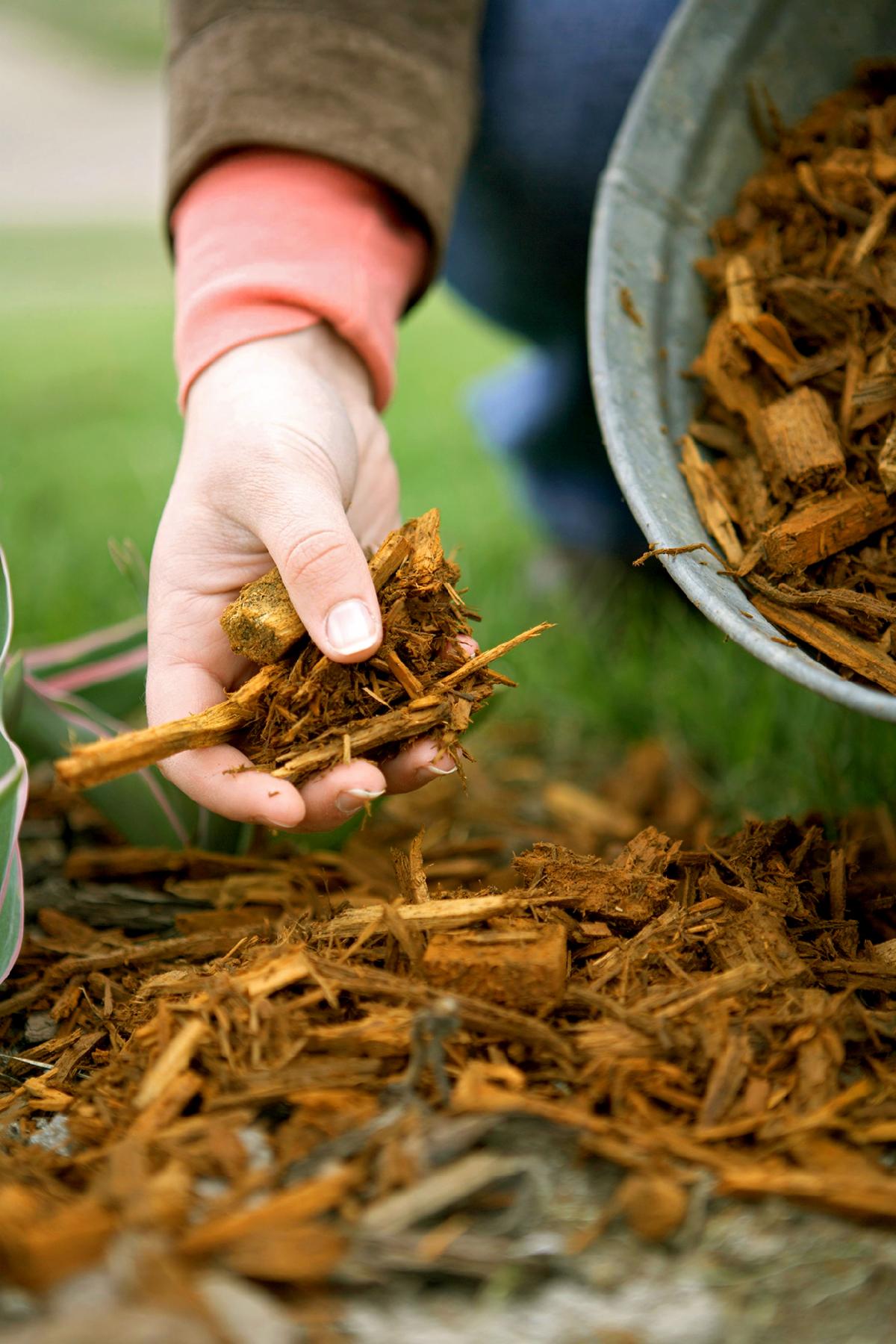

| By Karen Weir-Jimerson, Better Homes & Gardens So, what is sustainable gardening? There’s no official definition, but the idea is to minimize the impact that humans have on the earth. Following sustainable practices at home includes avoiding polluting chemicals, preserving natural resources, and reducing waste whenever possible. You don’t have to make huge changes right away if you want to start gardening in a more sustainable way; even something as simple as using natural weed killing methods instead of chemicals can help the environment. These sustainable gardening ideas will help you contribute to a happier, healthier planet. 1. Practice Organic Gardening Going organic is an important part of sustainable gardening. Using fewer chemicals in your garden is more ecologically sound and more cost-effective. If you’re raising food for your family, gardening organically is even more important. Start from the ground up by building good soil rich in nutrients and add natural compost to amend the soil. If you discover insect pests or plant disease in your garden, treat them with organic solutions. 2. Mulch Your Landscape Not only is mulching a great way to prevent weeds from springing up in your garden, but it also helps hold moisture in the soil. In areas with watering restrictions, this is especially important. Add a 2 to 3-inch layer of the mulch of your choice to your garden beds and around landscape plants. Mulch options for sustainable landscaping include: Shredded bark, cocoa bean hulls, pine needles, grass clippings, and coir (made from coconut hulls). 3. Plant Natives Knowing how to grow a sustainable garden includes knowing what plants to use. Sustainable plants are those that are indigenous to your region, also called natives. These plants take less work, usually require less water, and thrive better than other perennials because they are already suited to your climate, rainfall, and soil types. Additionally, native plant species provide food and shelter for the native insect and bird populations. 4. Lose Your Lawn (Or Part of It) A gorgeous, green, and weed-free lawn uses a lot of resources. Water and fertilizer are needed to keep most lawns looking in top shape. You can have more sustainable landscaping by reducing the area planted in grass and replacing it with easy-care perennial ornamental grasses, low-growing shrubs, or groundcovers. 5. Water Less Using less water is an important element of sustainability, especially in areas where water is scarce and restricted. Xeriscaping, a method of gardening and landscaping that reduces the need for watering, incorporates a wide variety of attractive drought-tolerant shrubs and perennials. To collect water from Mother Nature to use on your plants, install a rain barrel at the base of one or more of your downspouts. CLICK HERE TO READ MORE. STOP BY PAYNE’S TODAY! |
